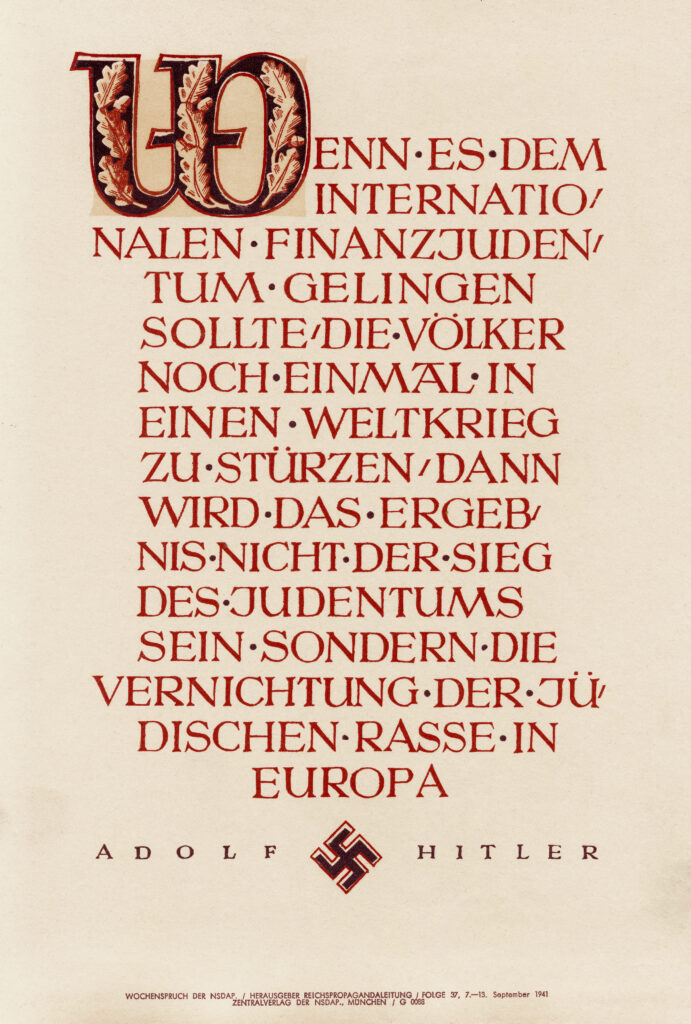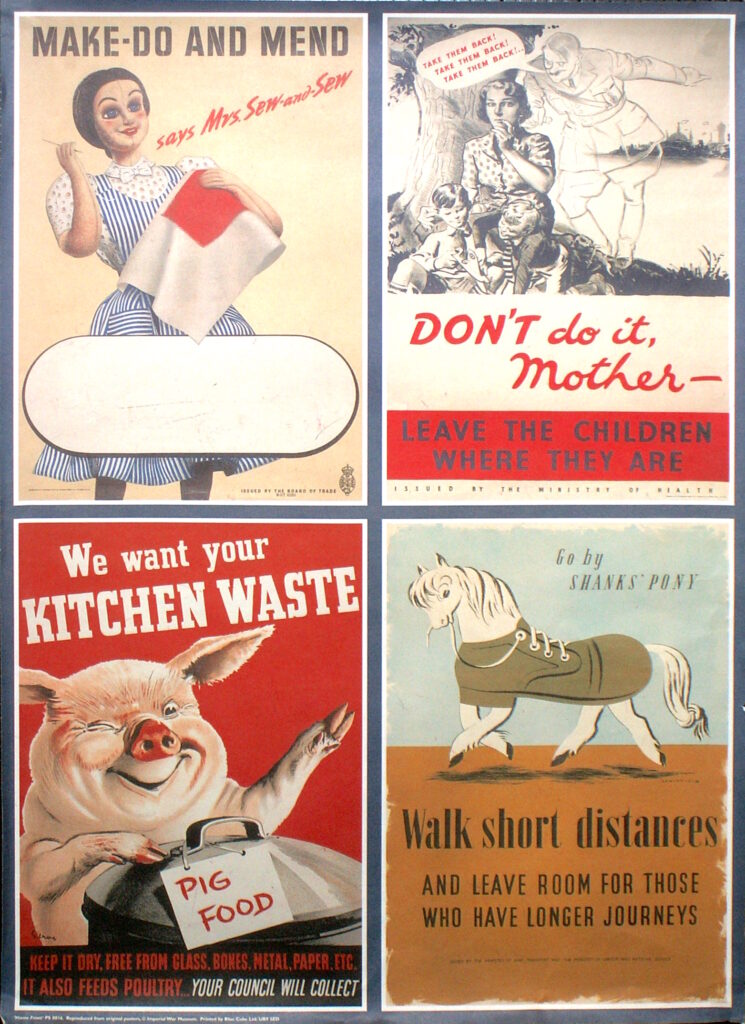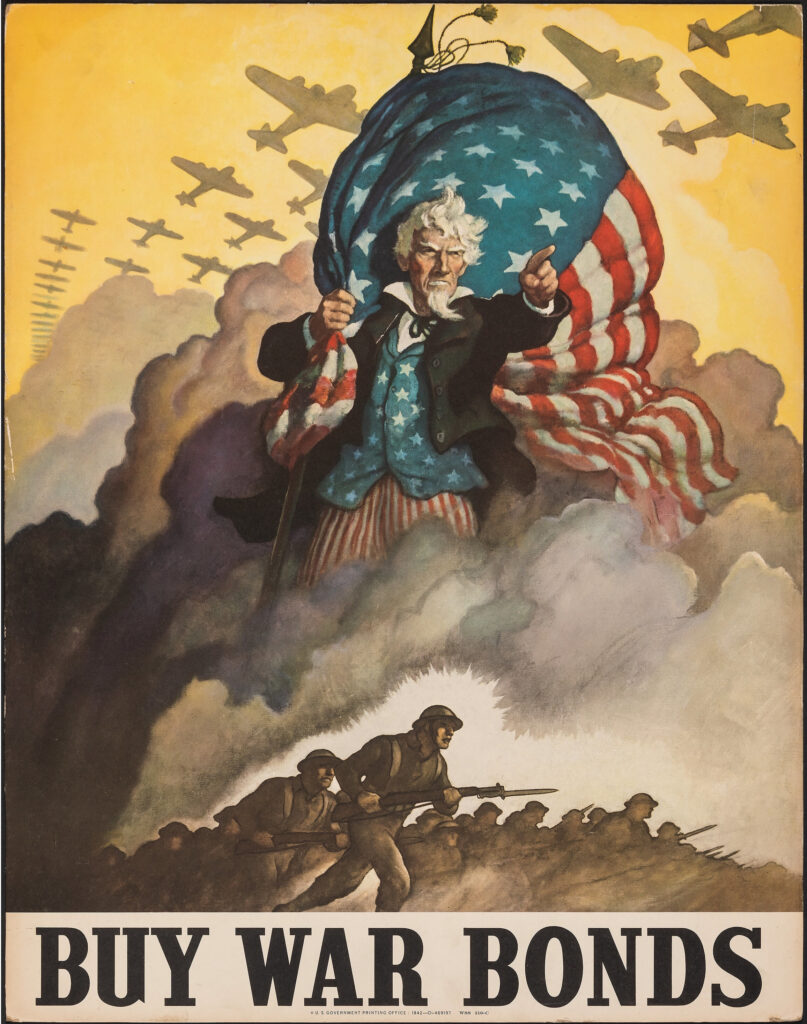Introduction
World War II (1939–1945) is remembered as the deadliest conflict in human history, with over 70 million lives lost. We often think of the tanks rolling across Europe, the dogfights in the skies, and the mushroom clouds over Hiroshima and Nagasaki. Yet, behind the bombs and bullets, another powerful weapon shaped the course of history — propaganda.
The war was not only fought on the battlefield; it was fought in the hearts and minds of millions of ordinary people. Posters, films, radio, newspapers, and speeches were used to control what people thought, what they feared, and what they believed. This “silent war” was just as important as the physical battles — and its dark influence continues to echo into the modern world.
What is Propaganda?
Propaganda is not just information. It is carefully designed persuasion, often emotional rather than factual. During World War II, propaganda was turned into a weapon — shaping entire societies to think in one direction.
Its main purposes were:
- To inspire loyalty and sacrifice for the nation.
- To demonize the enemy and create hatred.
- To control morale so people would not question their leaders.
- To hide the horrors of war under patriotic slogans.
Propaganda was not an accessory to the war; it was the engine of war itself. Without it, nations could not have mobilized millions of soldiers and civilians with such blind devotion.
🇩🇪 Nazi Germany: Propaganda of Hatred and Obedience
No nation used propaganda more effectively — or more dangerously — than Nazi Germany. Adolf Hitler himself once said:
“Propaganda is a truly terrible weapon in the hands of an expert.”
His chief propagandist, Joseph Goebbels, built a system where every newspaper, film, radio station, and poster screamed the same message: Germany must obey Hitler, and enemies must be destroyed.
- The Cult of Hitler: Films like Triumph of the Will presented Hitler as a messiah-like figure sent to save Germany.
- Anti-Semitism: Posters and cartoons showed Jews as rats, parasites, or monsters, dehumanizing them in the eyes of ordinary Germans.
- National Unity: Propaganda blamed Germany’s struggles on outsiders, convincing people to fight for a “pure” nation.
This constant brainwashing turned hatred into policy and prepared the ground for the Holocaust, one of the darkest crimes in history.

🇯🇵 Imperial Japan: The Emperor as a God
While Germany relied on racial hatred, Japan relied on absolute loyalty. The Emperor was portrayed not as a man but as a divine being. Dying for him was considered the highest honor.
- Kamikaze pilots were celebrated as heroes who sacrificed themselves for the empire.
- Posters and films portrayed Japanese soldiers as noble warriors, while Americans and British were shown as beasts.
- Civilians were told that surrender meant shame worse than death.
This propaganda fueled Japan’s relentless military culture, where even ordinary citizens accepted suffering and sacrifice as a sacred duty.
🇬🇧 Britain: The Battle for Morale
In Britain, propaganda had a different tone. Instead of fear and hatred, it focused on endurance and calm. During the Blitz — when German bombs rained on London — people needed hope more than hate.
- The famous slogan “Keep Calm and Carry On” symbolized quiet strength.
- Posters encouraged secrecy: “Careless Talk Costs Lives” warned people not to gossip about military matters.
- Radio broadcasts and films painted Britain as a nation of courage, determination, and resilience.
British propaganda helped people survive not just the bombs, but also food shortages, rationing, and years of exhaustion.

🇺🇸 The United States: Selling the War of Freedom
The United States entered the war in 1941 and quickly realized the importance of propaganda. With Hollywood, the world’s most powerful film industry, America had a unique weapon.
- Hollywood Films: Movies glorified American soldiers as protectors of democracy.
- Cartoons: Even Disney joined the war. Characters like Donald Duck were used to mock Hitler and Japan.
- War Bonds: Posters urged citizens to invest their money in the war effort.
- Rosie the Riveter: The “We Can Do It!” poster became a symbol of women taking on factory jobs while men fought abroad.
But there was also a darker side. Propaganda justified the internment of Japanese-Americans, painting them as potential spies, even when they were innocent.

The Methods of Propaganda
Propaganda in WWII was not limited to a few posters. It invaded every corner of life:
- Posters and Slogans — easy to remember, designed to stir emotions.
- Films and Documentaries — used both to glorify leaders and dehumanize enemies.
- Radio Broadcasts — repeated the same ideas daily until they felt like truth.
- Cartoons and Music — made messages catchy, especially for children.
- Education — schoolbooks in Nazi Germany and Japan taught children to worship leaders and hate enemies.
Propaganda was so effective because it was everywhere, every day, all the time.
The Dark Truth
Propaganda had consequences far beyond words:
- It made genocide acceptable in Germany.
- It turned Japanese civilians into willing sacrifices.
- It silenced questions in Britain and America, hiding mistakes and injustices.
- It proved that controlling minds can be even more powerful than controlling armies.
The darkest truth is that propaganda turned ordinary people into participants in extraordinary crimes — simply by convincing them it was “necessary.”
Legacy of World War II Propaganda
When the war ended in 1945, propaganda did not disappear. Its techniques were adopted by:
- Modern advertising industries.
- Political campaigns across the world.
- Even social media, where slogans, repetition, and emotional triggers are still used to influence millions.
World War II showed that propaganda is not just a tool of war — it is a tool of power. And it remains just as dangerous today as it was in the 1940s.
All images used in this article are sourced from Wikimedia Commons / Wikipedia under the Creative Commons CC BY-SA 3.0 License.